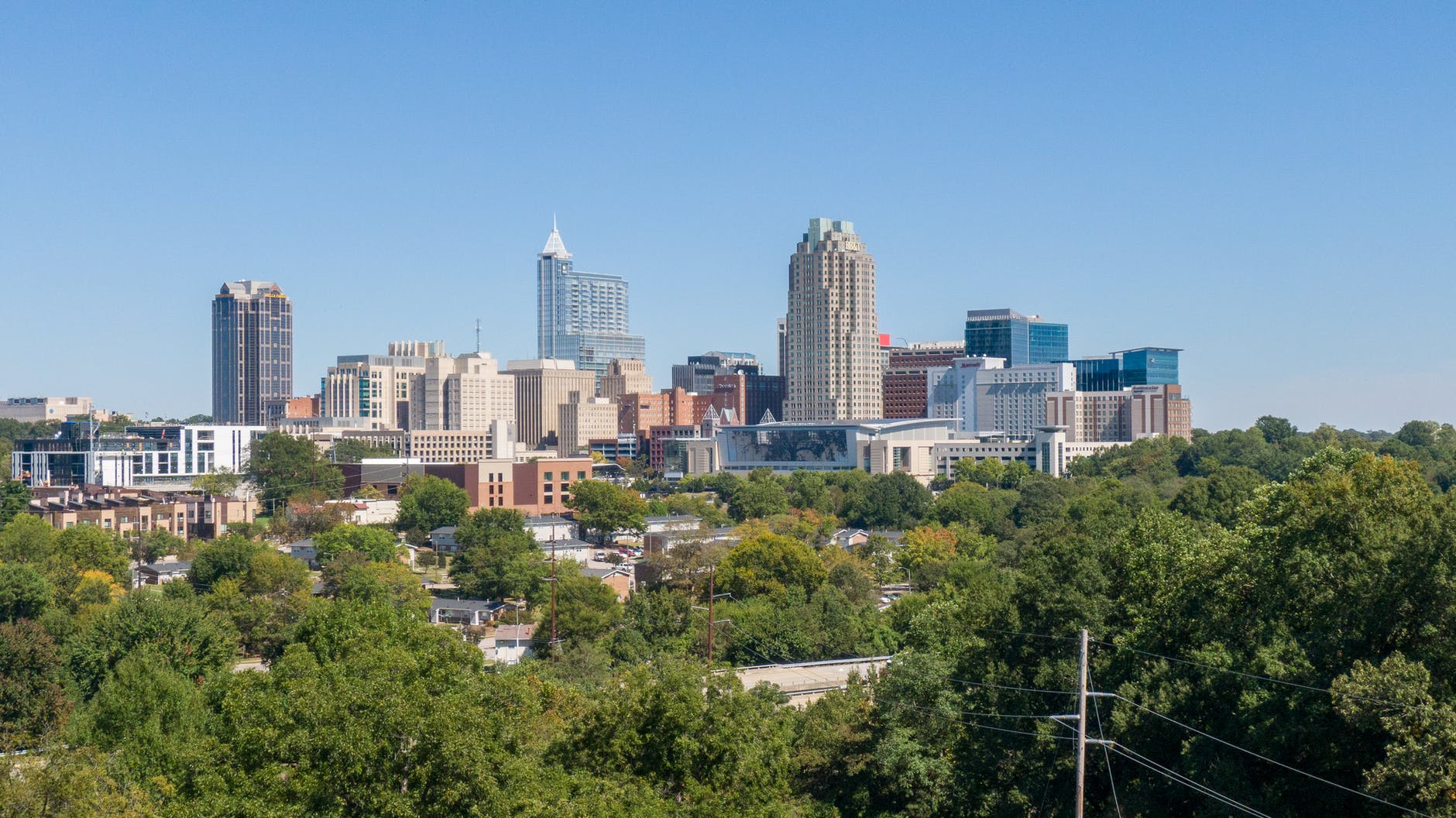Episode 342 of the Teaching in Higher Ed podcast with fantastic host Bonni Stachowiak featured Amy Sprowles and Matt Johnson from Humboldt State University. They discussed their journey creating learning communities with cohorts of first-year students learning about the issues and history of the Klamath river area (see Klamath Connection Program website). They described the project and how it evolved. I appreciate the description of place-based learning and learning communities. They emphasized the importance of truly acknowledging and learning about the native communities in the area and their impact and challenges faced. The real-world location connections to curricula are important for students to examine, and cohorts create learning communities that improve engagement and reduce learning gaps. Johnson and Sprawles have published their research. I enjoyed hearing how students learn together, visit the area’s sites, and bring water samples back to analyze algae levels. Students in the program have opportunities for extracurricular activities and a set of courses that immerse them in what it is to look deeply at questions in this geographic region. This made me think about how we can use biotechnology and place-based learning in BIT 295 to learn about our community, indigenous people, and issues. Service learning projects and public science are often on my mind, and this podcast episode helped me think about opportunities. It may not be electronic waste recycling issues that we focus on, but I know there are several problems we face and rich histories we overlook that can be brought into the classroom and laboratory!



